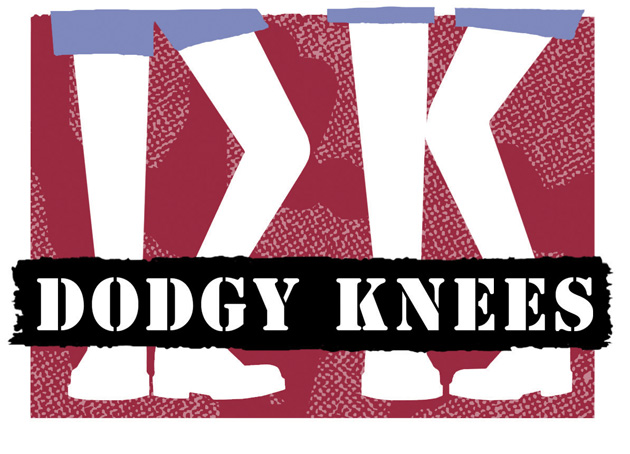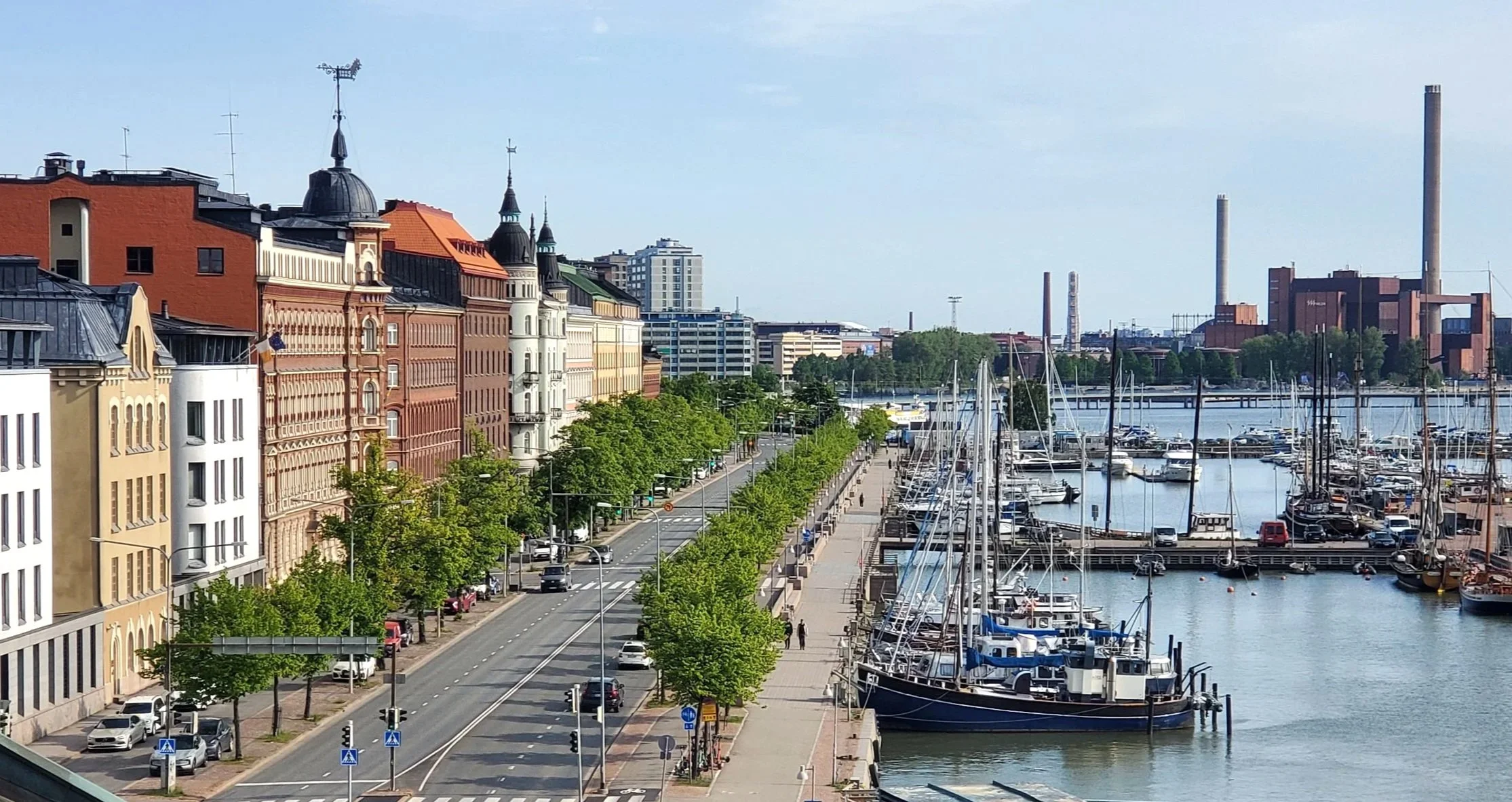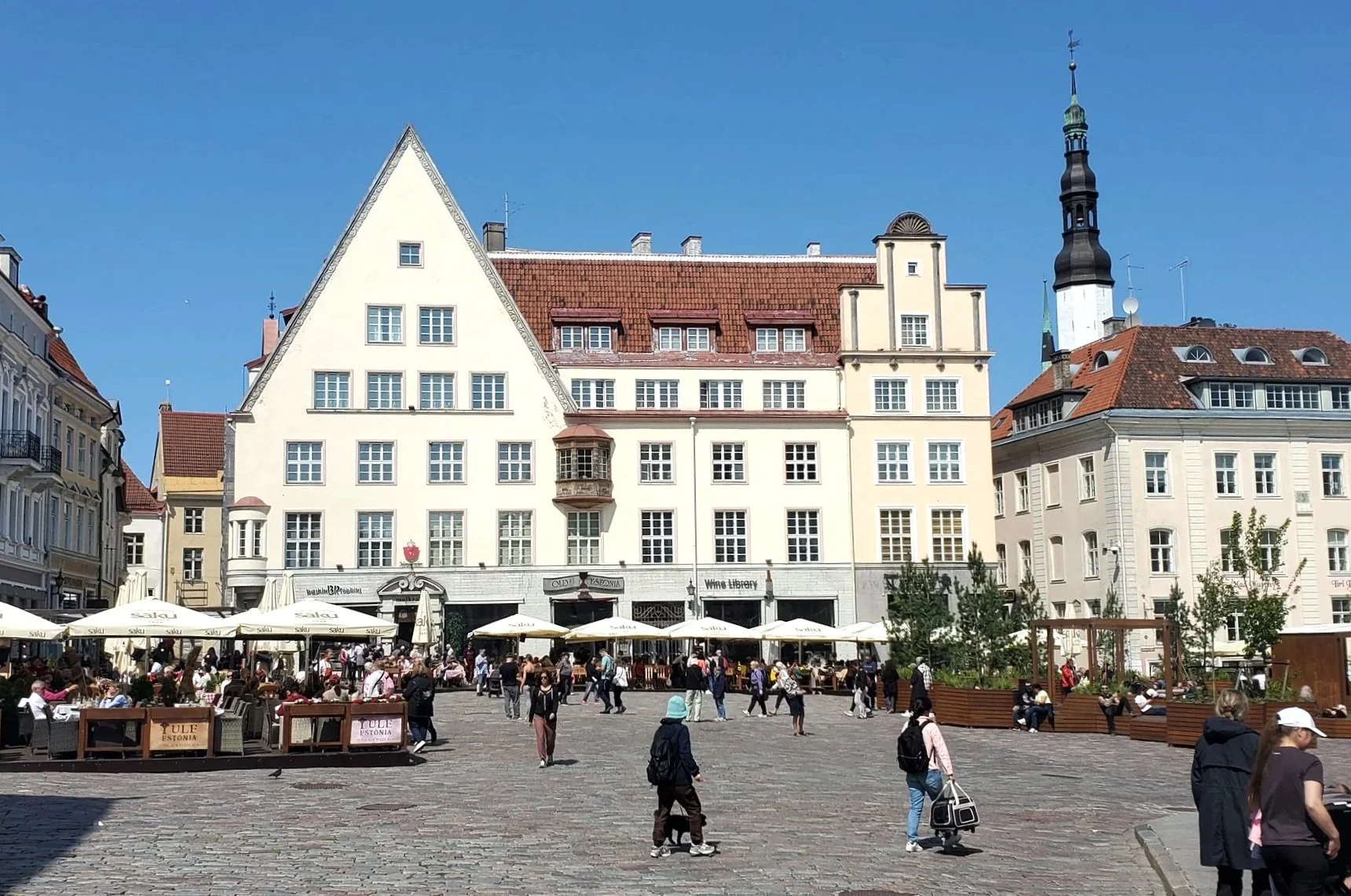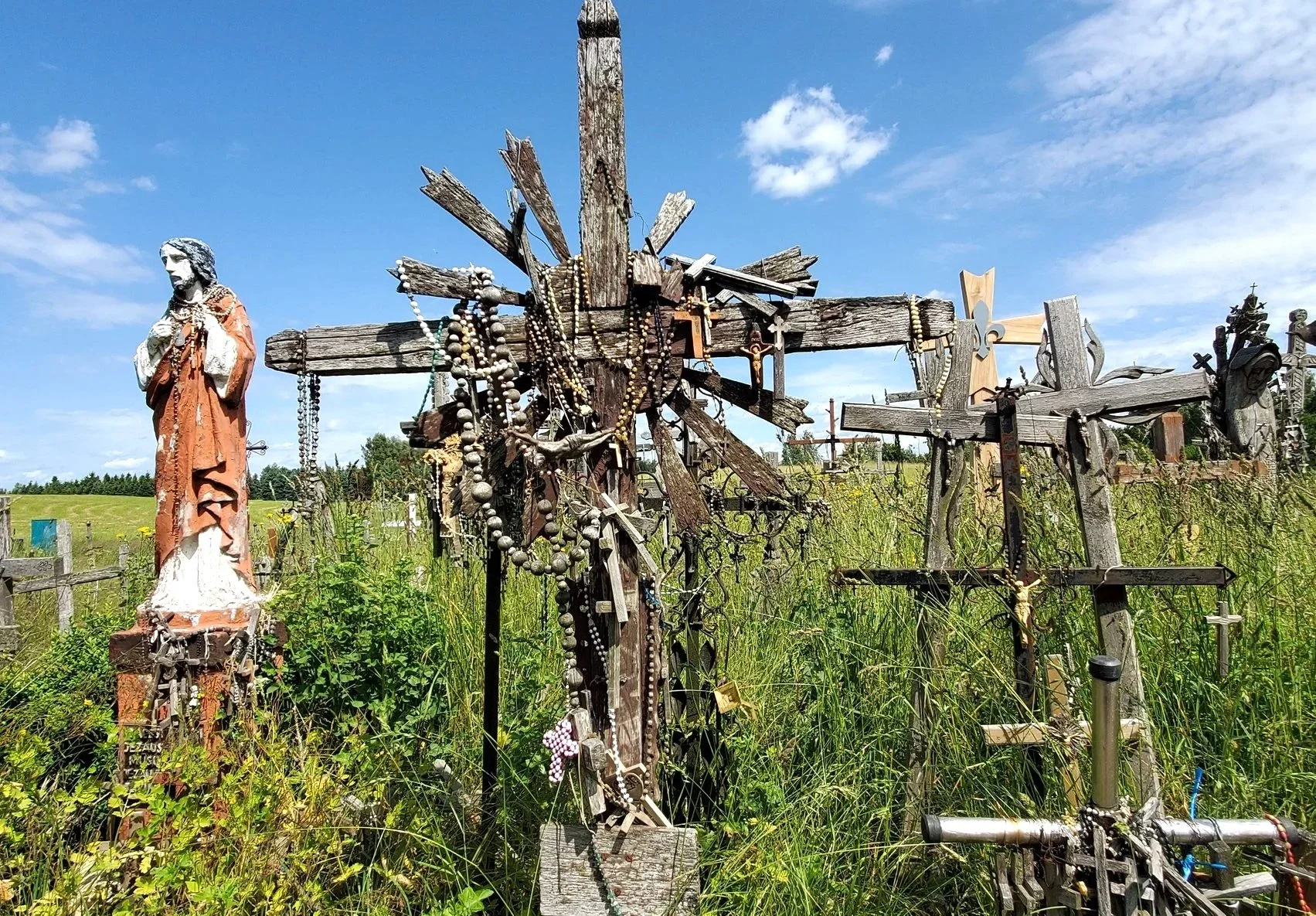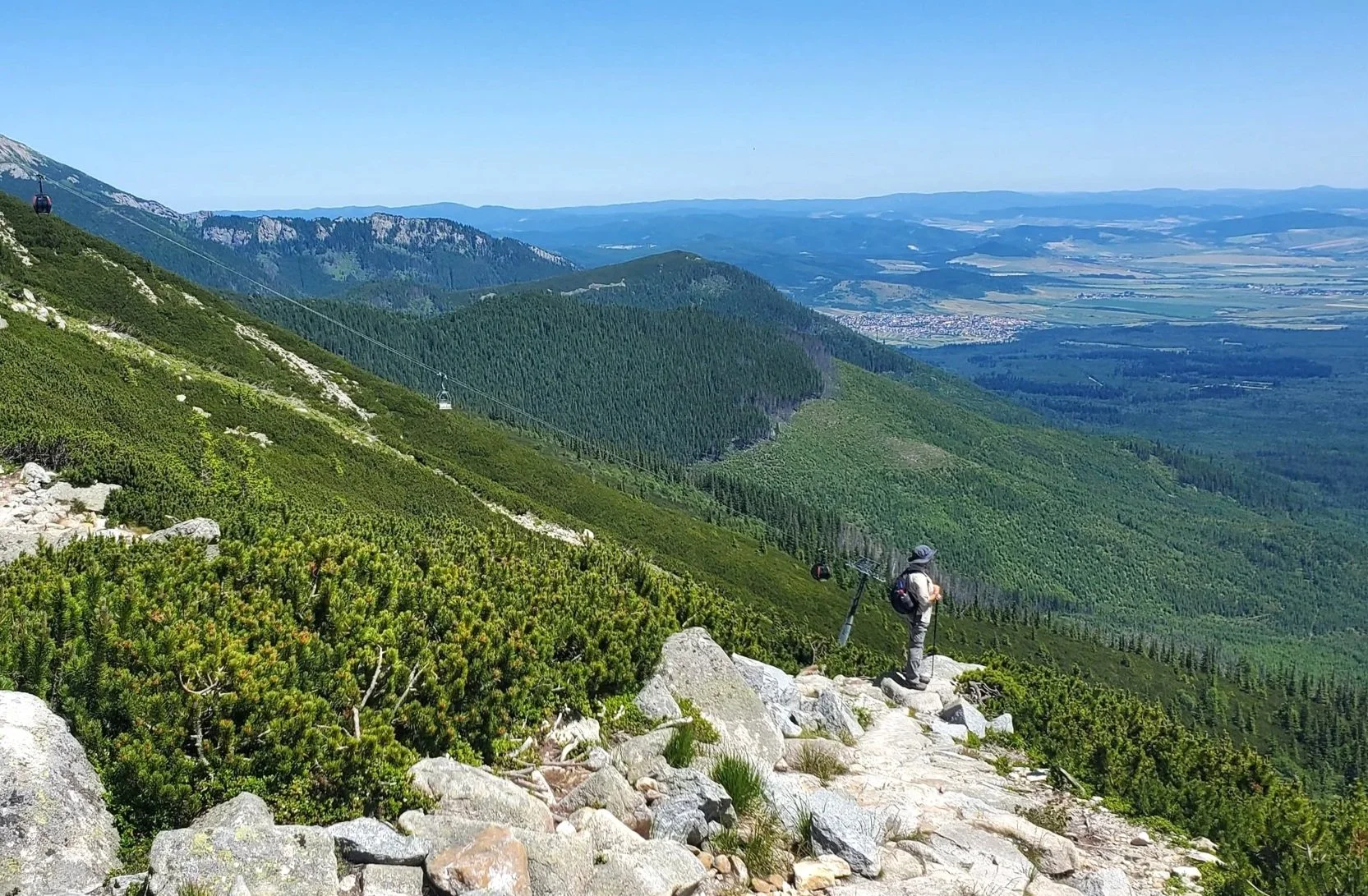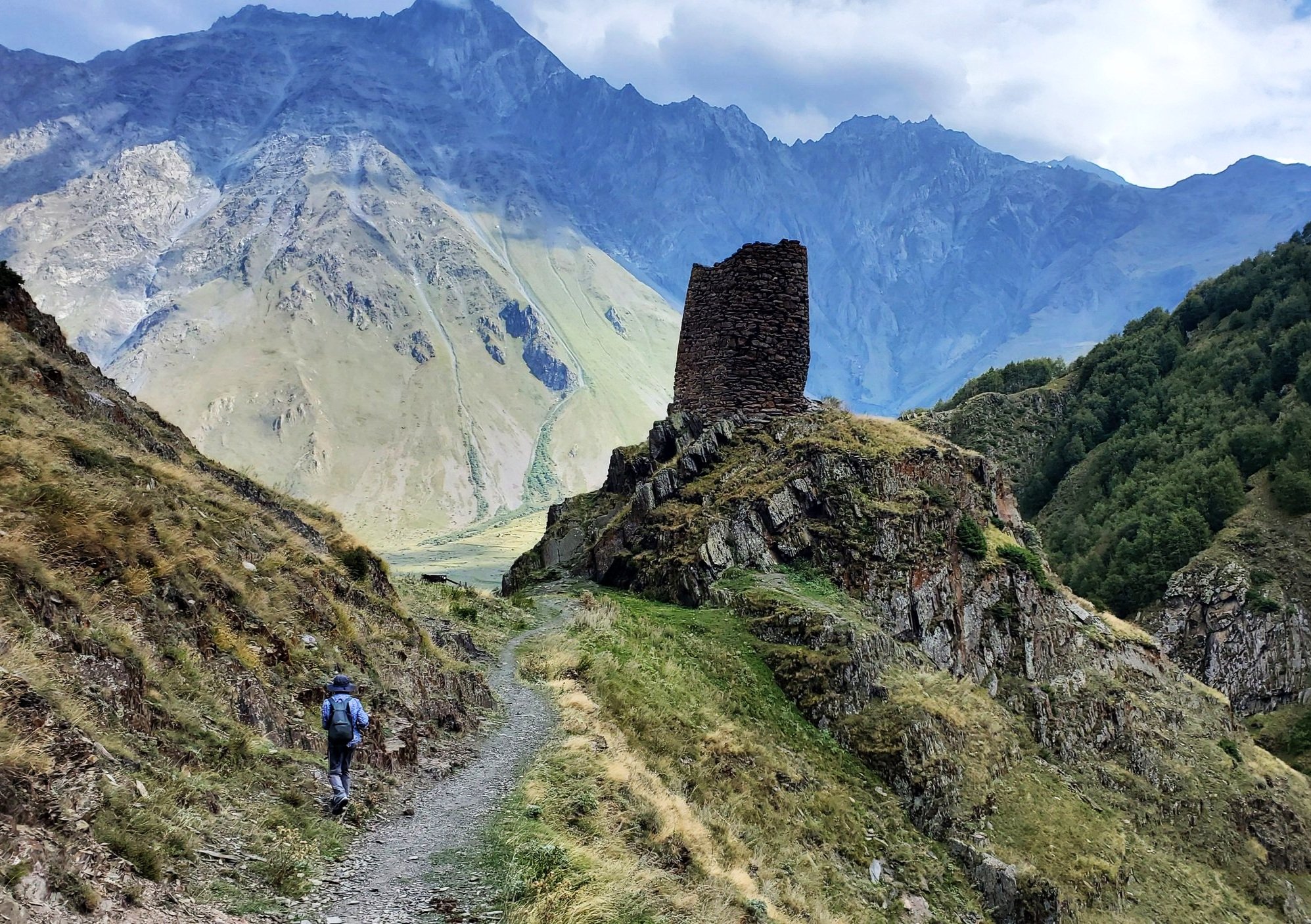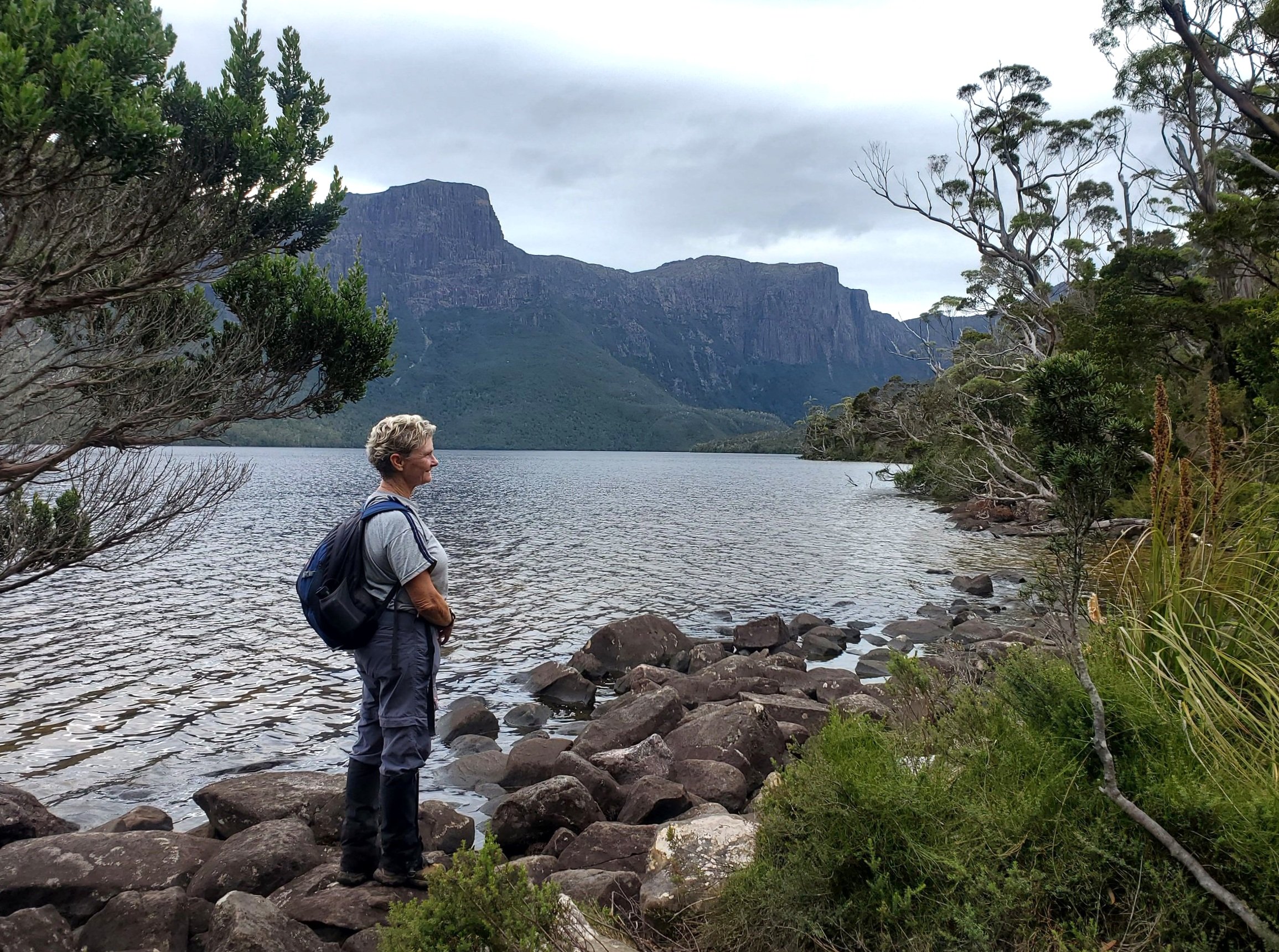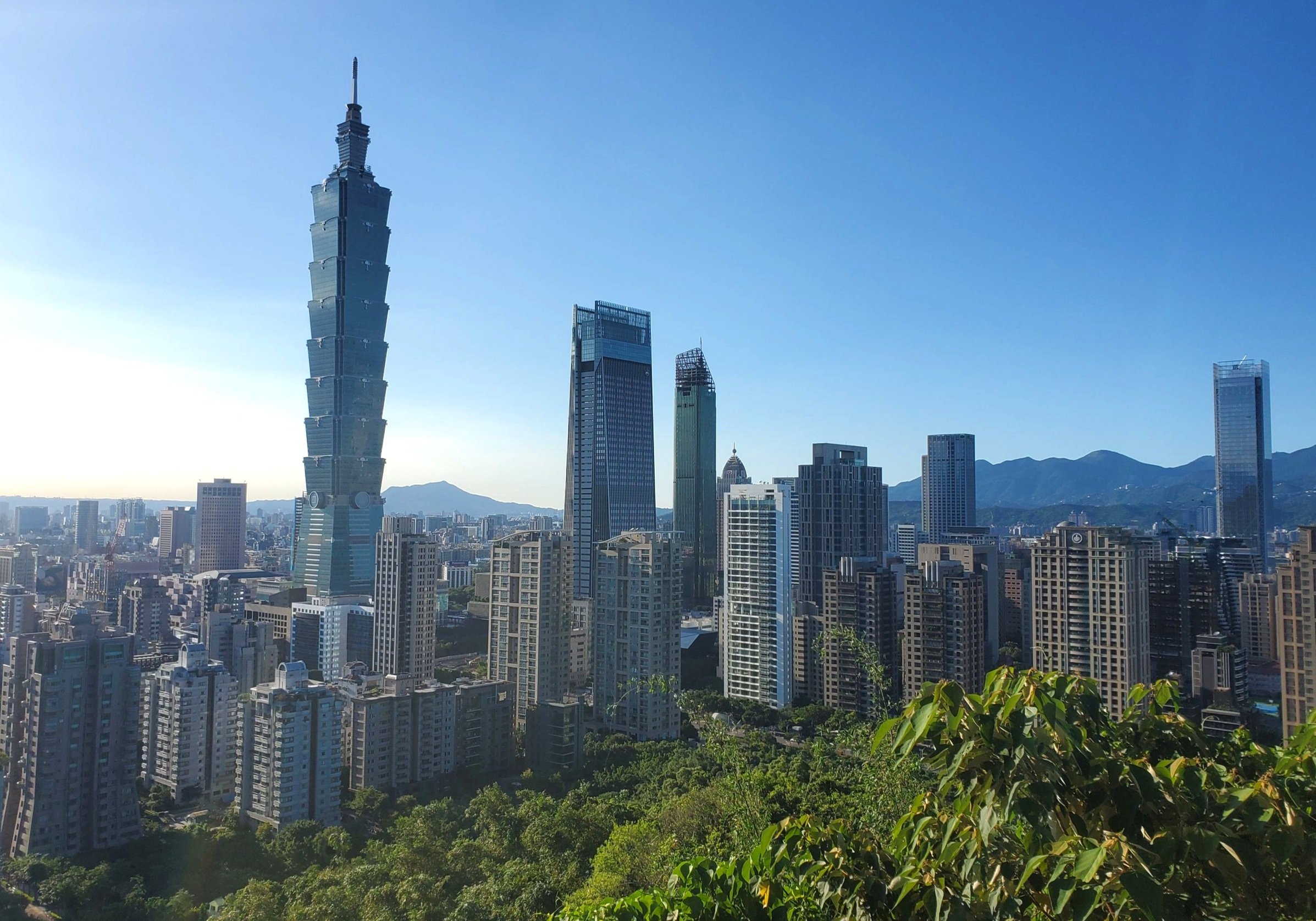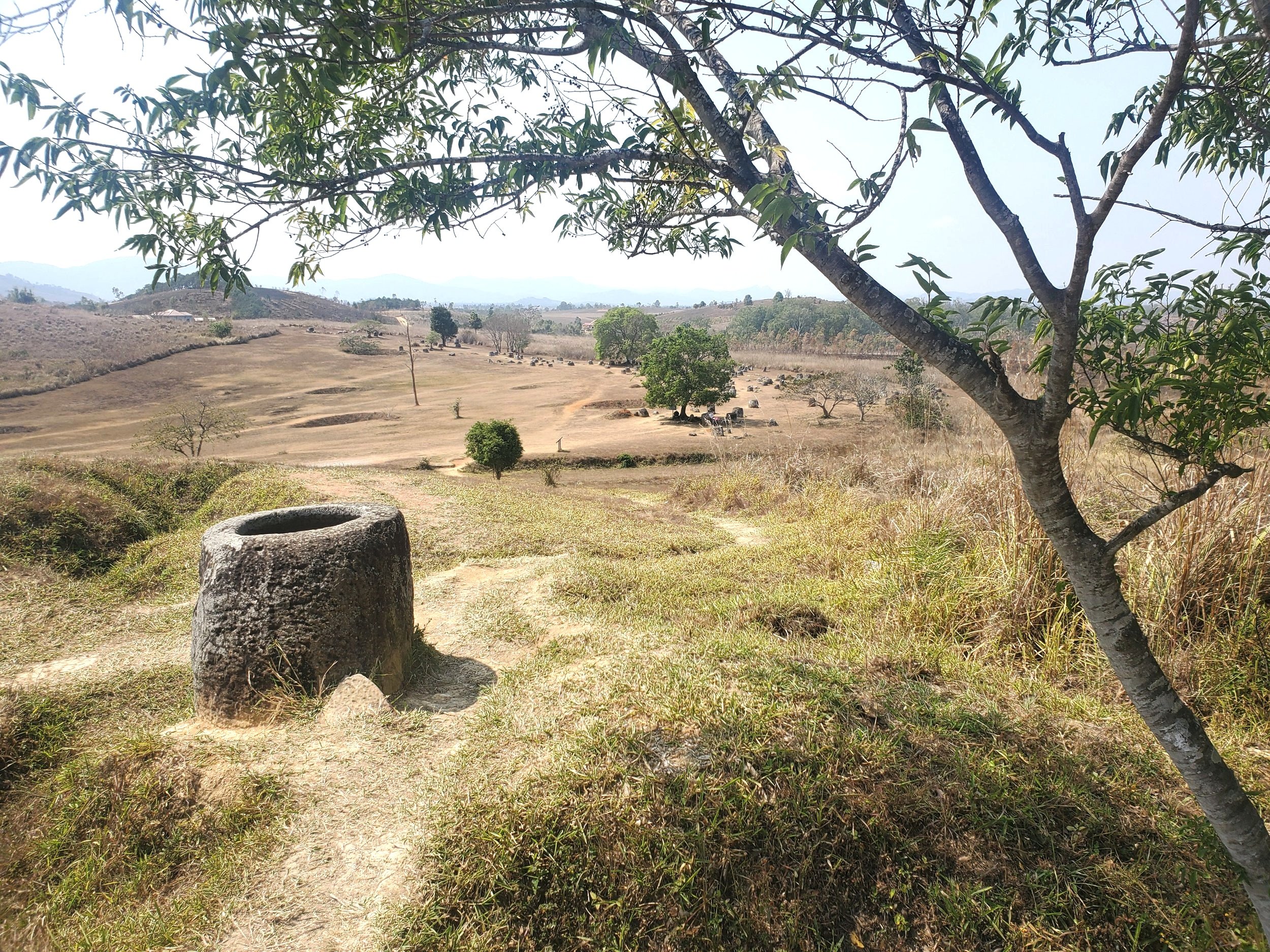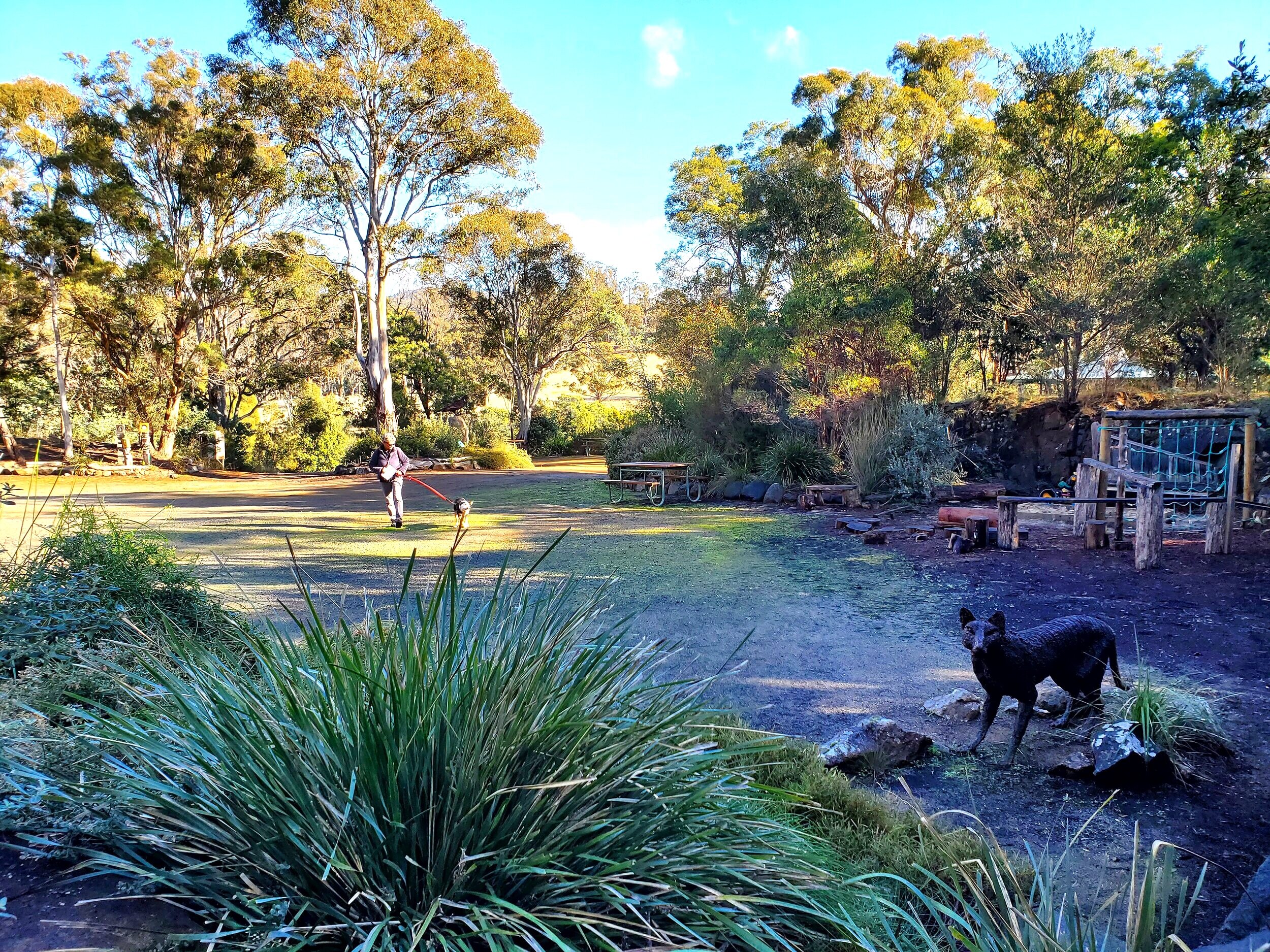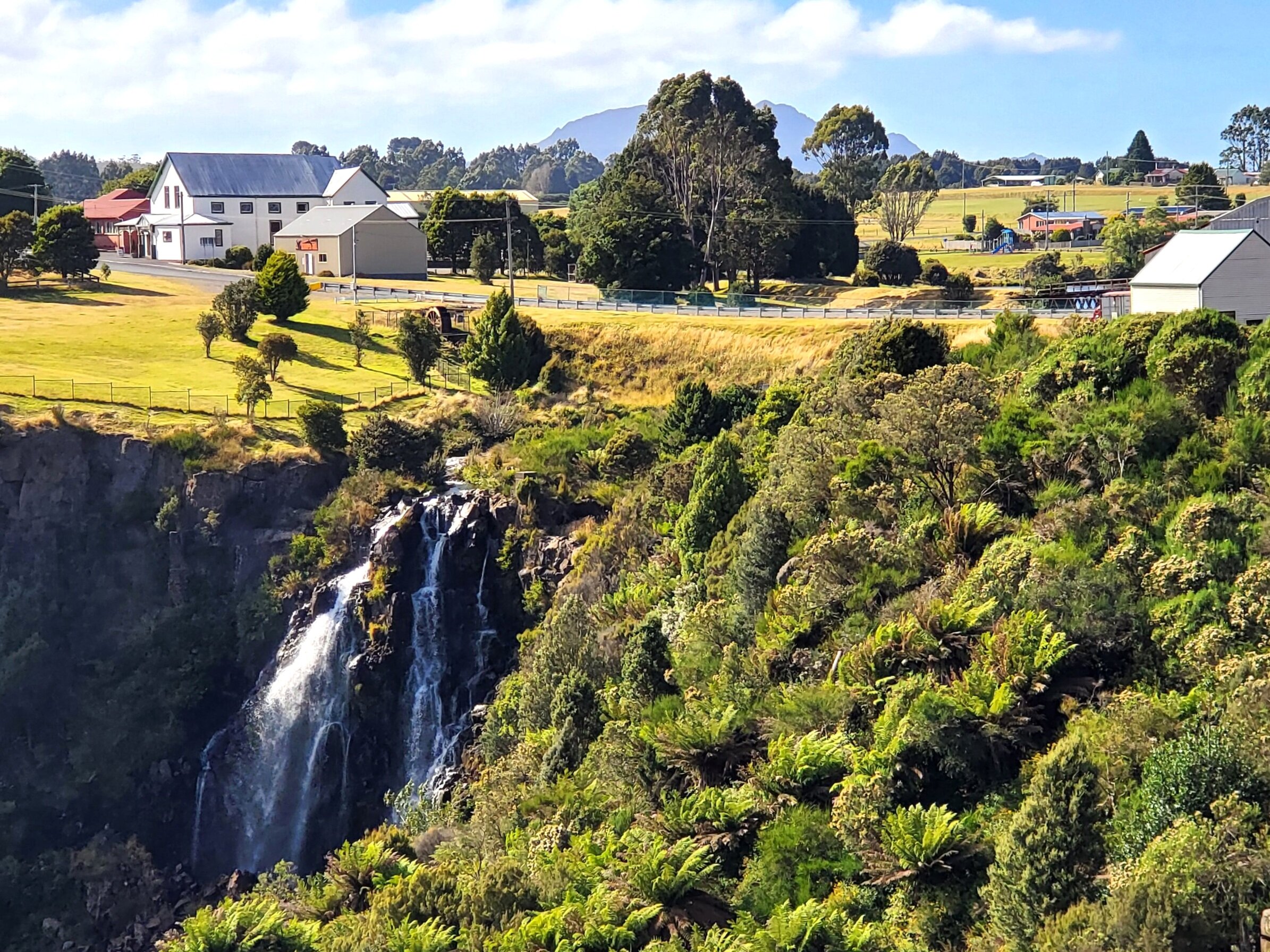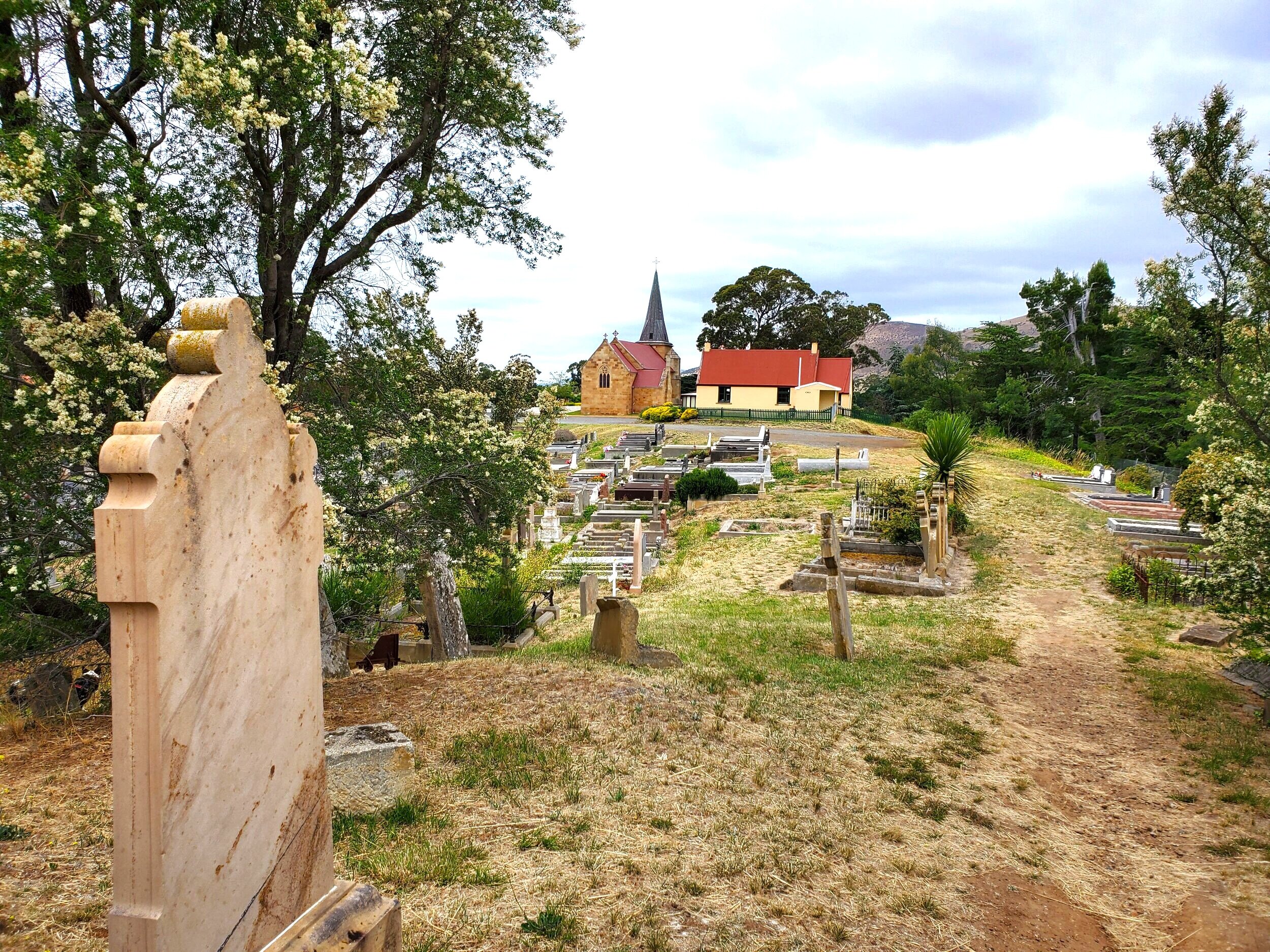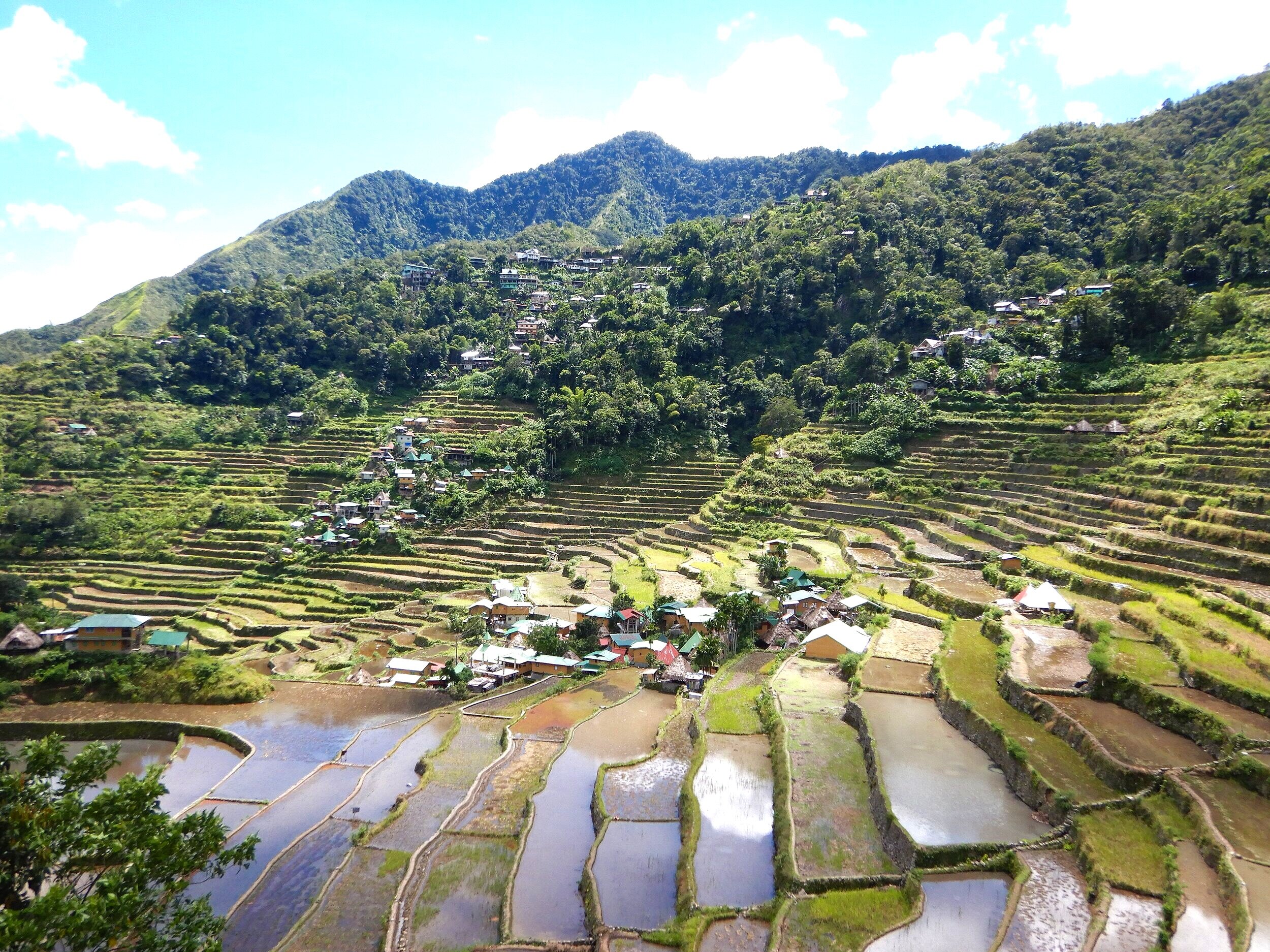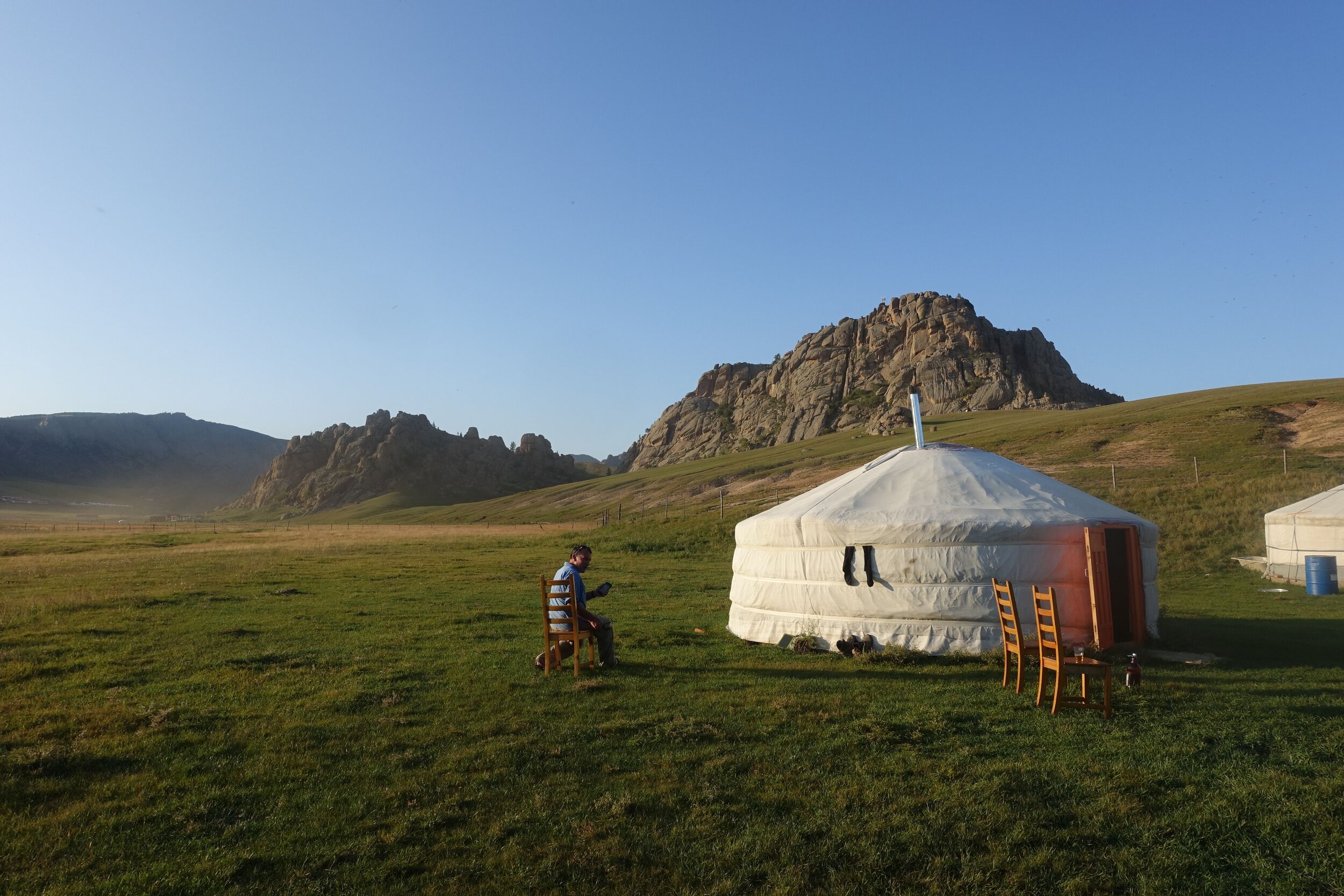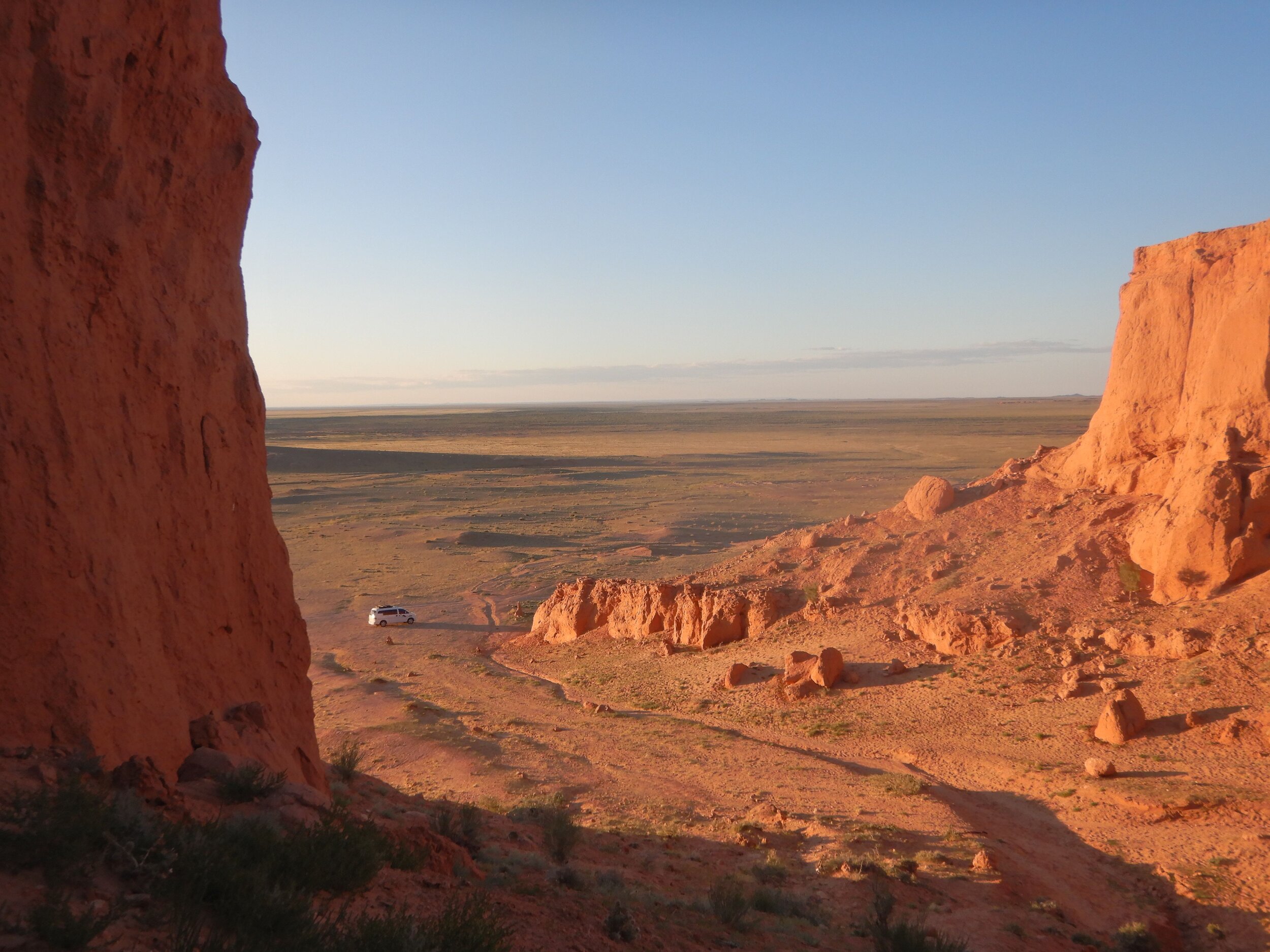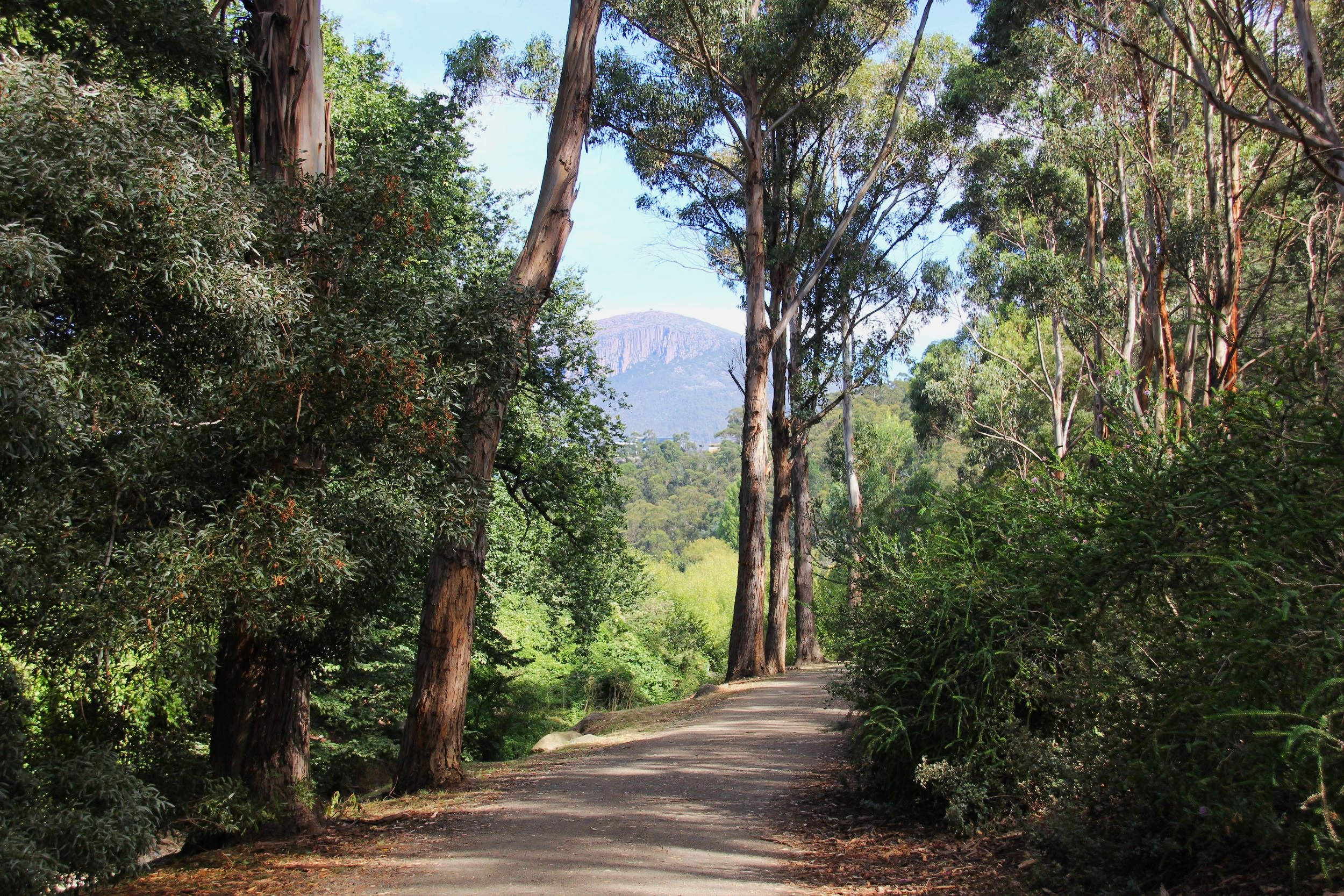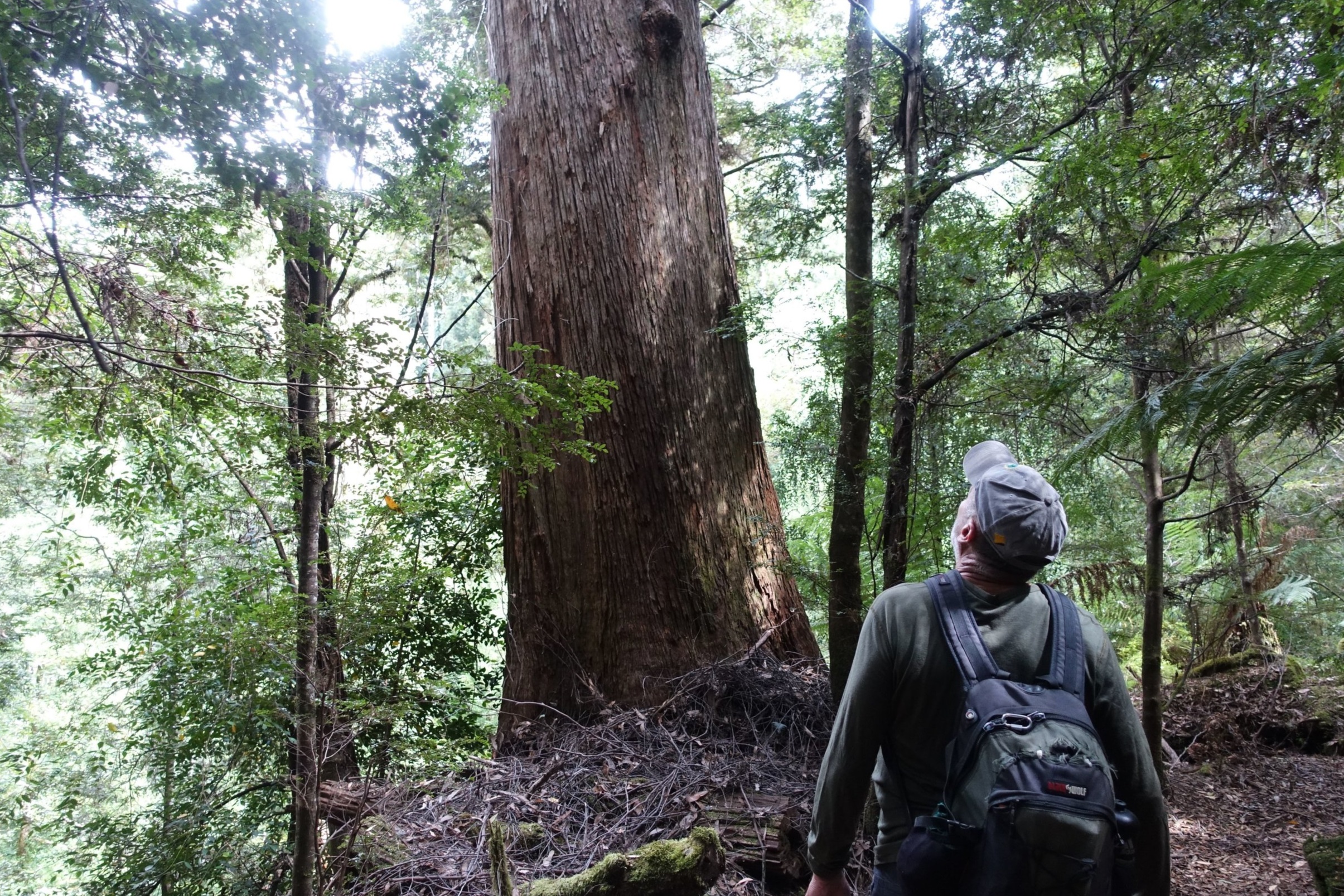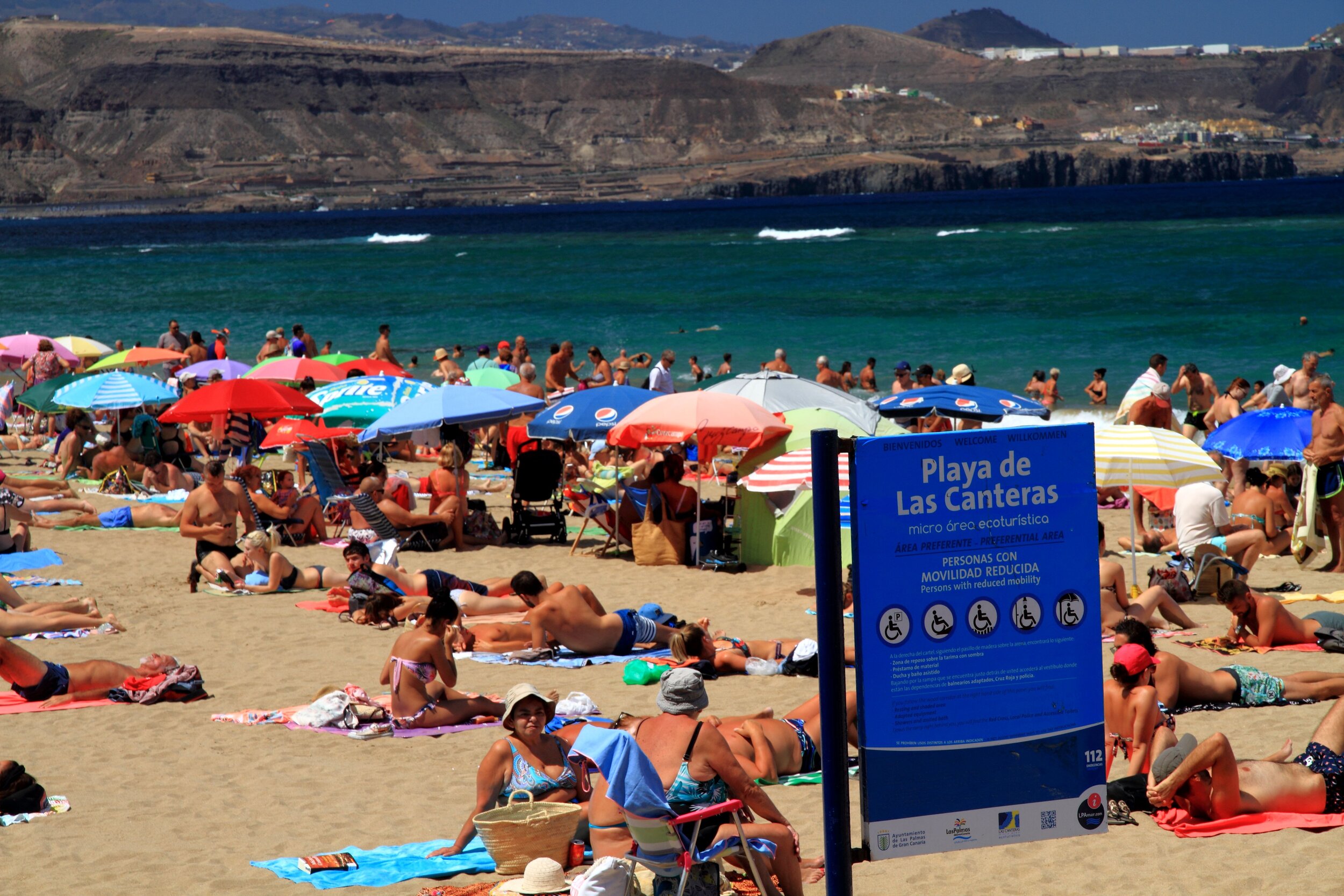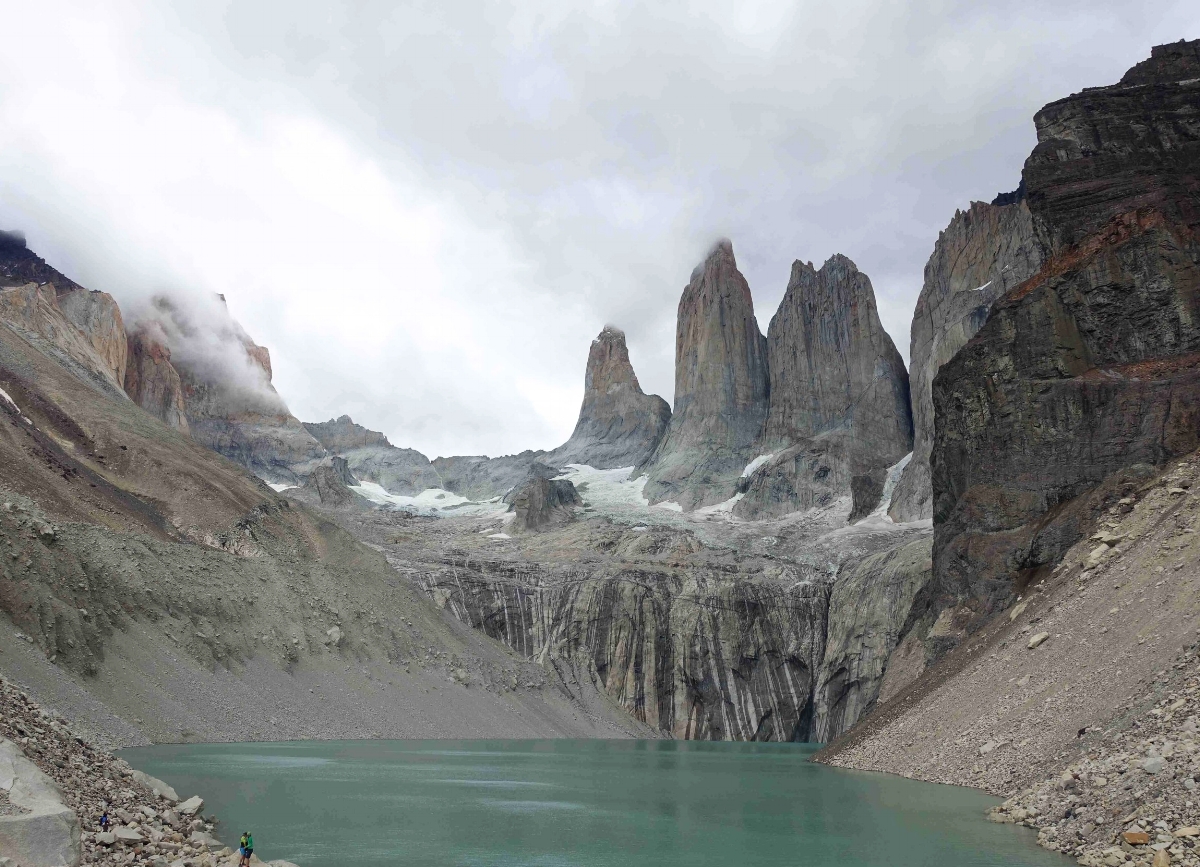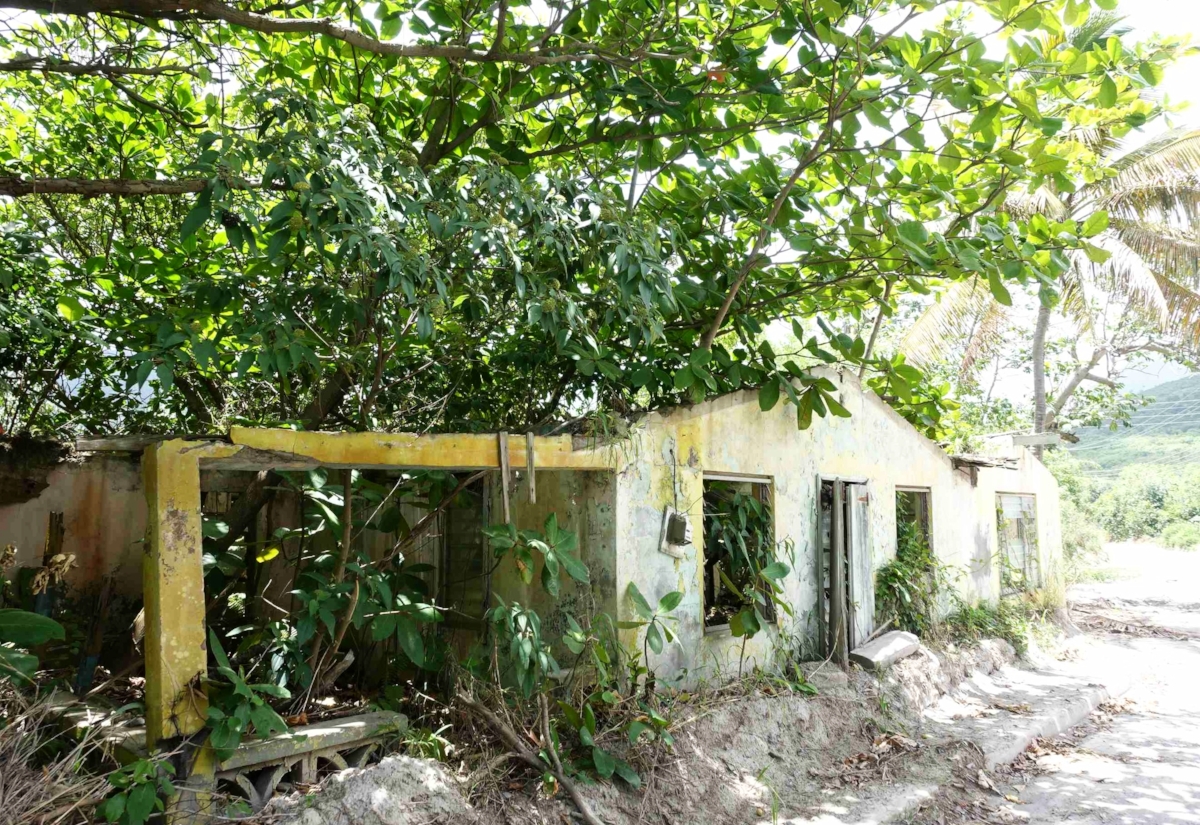Impressions of Cuba and Our Top Travel Tips
/Introduction
Ask a random sample of travellers, across a range of ages, what places are on their “Top Five Must Visit” lists and chances are most will say Cuba - unless they've already been, in which case they'll probably say that they want to go back. It is one of the world's travel hot spots. And with the beginnings of the loosening of the US embargo on Cuba under Obama, chances are that non-US travellers will add, that they want to go before Cuba is swamped with American tourists, with the perception being that the sheer numbers and buying power of the US tourist market will change Cuba as a destination and not for the better.
the prado, havana
The reality is that the tourists have already arrived and they've been here for some time. Cuba receives between 3 and 4 million tourist per year, mostly from Europe, especially Spain, Italy, France, Germany, the Netherlands, Scandinavia and the UK. If you plan to come to Cuba as a pioneering destination, sorry, it's too late.
In the last 5 years, under Raoul Castro the economic changes have allowed for a burgeoning of the types of services that tourist expect: restaurants, accommodation options, tours, transport and more. For example Trinidad alone went from having 3 restaurants in 2011 to around 100 today, 2016. And this pattern is repeated across the country.
why wouldn't you go? It has a fascinating history. (View from the catedral bell tower in Havana vieja)
Don't get me wrong, Cuba has not become a destination like any other. There is still only one Cuba and it deserves to be at the top of all those travellers' wish lists. But what it also means is that it is no where near as difficult a destination to visit independently as it was 15, 10 or even 5 years ago. It's a fascinating and unique country that welcomes visitors and is getting better and better at providing for them.
havana
Much is written about Cuba nowadays as it is such a popular destination. The aim of this post is not to repeat what can be found elsewhere. If you want a good overview of Cuba with all the possibilities for itineraries etc then look no further than the Lonely Planet Guide to Cuba. What we have aimed for here is two things: (1) Our immediate impressions of Cuba having just spent 2 weeks in the country and (2) A few tips that we either found useful before we went or wished we'd known beforehand that might help to make your trip a little easier.
Impressions of Cuba
As first time visitors to Cuba we have asked ourselves at the end of our trip what are our immediate impressions? This is what jumps to mind:
It's safe. It feels safe and local people will tell you that it is safe. Even in Havana you can walk at night and feel that nothing unpleasant will happen to you. Normal safety precautions apply.
It's hot. We visited in August so it was very hot. One of the reasons that the streets feel so safe is that they are full of people, well into the night. It's too hot to be in doors so many people sit in the street or in their doorways catching a bit of breeze, chatting and not doing much at all.
The old American cars, for which Cuba is strongly associated are not a tourist gimmick. Yes, you can go for a tourist ride in one that's been spruced up in Havana but chances are next time you need a cab it'll be a 1950's Chevvy anyway. The embargo has meant that these cars were a necessity and they are still widely used across the country.
The people are friendly. The Cuban people are a proud people, proud of what their small nation has achieved and how it has endured, not just the US embargo but 400 years of colonial and neo-colonial rule. You quickly get the impression that they are pleased to be able to welcome visitors to their nation and you will get a hearty buenos dias from many total strangers during your stay. These courtesies are an extension of those that they show to each other as a matter of course.
The food is improving, if you can afford it. As mentioned the growing tourist market has seen a blossoming of the restaurant scene. We had heard stories from people who'd visited some years back of the challenges of finding a good meal, but those days are over, at least for tourists.
It's inventive. The years of the embargo and restrictions has meant that everyone has had to become a DIY expert. Just to keep the old cars running, without the benefit of places to buy spare parts, has been a triumph. But this inventiveness extends to other things such as housing and furnishing.
There are lots of horses and carts. This is still a major way to transport goods and people all around the country.
Revolutionary signs extolling the virtues of socialism and inspiring the populace to continue the revolution are abundant.
There's too much rubbish. In our travels through the Caribbean we were distressed to see lots of rubbish, particularly plastic bottles and bags, and styrofoam everywhere – on beaches, in the street, on the sides of roads, even in national parks. This is the curse of the region. Unfortunately the curse extends to Cuba and it did not look to us that there was much being done to change a throw away mentality that had massively contributed to this.
Music. Yes, Cuba is famous for it's music especially son and salsa. While there is a fair bit of “serenading the tourists” in restaurants, you also get the feeling that the love of music and moving to the rhythm is very Cuban and genuine.
Top Tips
Here are 12 tips to help you in your travels. They are not earth shattering revelations, simply things that we found made our ability to travel around Cuba independently a little easier and more enjoyable.
1. Internet Access
ETECSA CARD
We're all addicted to our devices nowadays and as independent travellers we rely on them a lot. Internet access in Cuba can be tricky. We used the government communications service ETECSA. They have offices in most towns where you can log onto their computer using a pre-paid card (with log on instructions). This costs upwards from 2 CUC (Cuban convertible pesos which equates to around $US2) per hour. The cards can be bought from hawkers in the street which avoids having to stand in a queue. Increasingly wifi access is becoming available through hotspots. These are often in town squares or major hotels. For reasons that remain mysterious our phones could not find a signal at the hotpsots but plenty of other tourists had more success. You then use your ETECSA card to log on.
2. Stay in Casas Particulares
you see the blue casa particulare symbol everywhere
These are the vast network of private houses that accommodate tourists. They are everywhere, and easily spotted by the blue casa particular symbol. You can just arrive in a town and start looking or you can pre-book. We knew that we were coming during high season so we pre-booked a casa in Havana – Hostal Peregrino. This was a Lonely Planet recommendation and it turned out to be very good. Hostal Peregrino is part of a network of casas across Cuba. As many casas only have a phone number, no email or websites, we asked Hostal Peregrino to recommend casas in the towns we planned to visit. They did so and booked them for us. All were excellent and not expensive. Costs ranged from 25CUC per night plus 5 p.p for breakfast to 45 CUC. Airbnb has also arrived in Cuba and casas can be booked through them.
3. Take a Ride in an Old American Car
this "taxi" turned up to take us to an activity we'd booked for the day
As mentioned earlier the old American cars are ubiquitous and many are working taxis. You really must go for ride in one, at least once. If you can combine it with a genuine need to go from A to B even better.
4. Watch out for the Doggy Do
the streets of Havana are not paved in gold
I'm afraid that it's everywhere, especially in Havana. As riveting as the street scape is it pays to keep half an eye on the ground, especially as you will probably be wearing thongs/flip flops because it's so hot. You have been warned!
5. Organise Day Trips through your Casa Particular
horse riding in vinales organised through our casa
We found that a very reliable and easy method for organising various day trips and activities was to do so through our casa. Whether that was a taxi to the local beach, or tourist attraction, or for a horse riding trek or bike hire, most casas provide this service. We also found that the casas were cheaper than doing it through the official tourist offices ie Cubanacan or Cubatur or a random street tout.
6. Transport
this was the collective taxi that our casa organised from Viñales to Havana - a 1948 dodge.
Bus transport between towns and cities, especially during high season, which is the main means of transport for independent travellers in Cuba can get booked up quickly. Viazul is the main provider for foreigners. We started looking on their website to make bookings a couple of weeks before arriving in Cuba and all the routes we wanted to take, bar one, were booked out. So, if you know what itinerary you want to follow then it is wise to book in advance. July and August are busy but from November to March is apparently much worse as this is 'extreme high season'.
However, do not despair, a good alternative to the buses are collective taxis. These can be arranged almost certainly by your ever helpful casa for a price not much more than the bus (and sometimes the same). For example we paid CUC45 p.p to travel from Trinidad to Vinales, a distance of 500 kms in 7 hours in a shared taxi with 2 other people. The bus would've taken around 10 hours and cost only slightly cheaper.
7. Drink Some Rum
Rum is the drink of Cuba. They historically have grown a lot of sugarcane and rum (or ron in Spanish) is produced from it. Every region has their local brand. So, whether your preference is a Cuba libre, mojito or daquiri or something more exotic such as a canchanchara (rum, honey, lemon) in Trinidad give it a go.
8. Get Some Local Pesos – CUP
cup notes featuring revolutionaries che Guevara and camilo cienfuegos
Cuba has a dual monetary system – CUC and CUP. Tourists use CUC (Cuban Convertible pesos) and Cubans use CUP (Cuban Pesos). One CUC equals 25 CUP. The tourist industry is set up so that you will need CUC for most things. However, it is handy to have a few CUP for things like local street vendors. We had a delicious 1 CUP icecream (equivalent to 5 cents Australian). You won't need a lot – maybe change 5 or 10 CUC for CUP at the Cadeca (money exchange) when you arrive. That'll be plenty.
9. Try Some Mamoncillos
cally just loves mamoncillos
As soon as you get outside of Havana you will see people selling bunches of small green fruits each about the size of a small pingpong ball. They look like they would be citrissy and possibly bitter, but bite into one and they are soft and sweet with a hard seed. They are a bit like a lychee and very tasty. You can spend some of those CUPs you bought on a bunch.
10. Send some Pre-paid Postcards
there are some great revolutionary themed postcards
Despite the fact that we are uber connected via social media and the web many people still like to receive a postcard to stick on the fridge. And what better place to receive an exotic postcard from than Cuba! We found that a number of places had postcards with the postage pre-paid so no need to go searching for stamps and wait in queues at the post office. The post office/postcard shop at the Plaza de la Catedral in Havana Vieja (Old Havana) has a postbox (well it's a face with a big mouth where you put the postcards) so you can even send them out of hours.
sending a postcard in Havana vieja
11. Bring Soap
Many casas don't provide soap. It seems to be in short supply to the locals so best bring your own. After all didn't you keep those small, fancy soaps that you got in your upmarket hotel on your stop over on the way here? Some people will even ask you for soap, especially young women who will say that they want it for their babies.
12. A Tip on Queueing
a small cuban queue at the etecsa office
Cubans don't queue in the traditional linear line way that we Westerners are used to. They arrive at the place of the queue and ask “El ultimo?” ie “Who is last?” Once they have established that they are after the chap in the blue hat they will find a spot in the shade, chat with a friend over the road or even disappear to do a spot of shopping. When you are not used to this you think that there are a lot of queue jumpers but not so, they had already established their positions. You will find this most commonly when queueing for Cadeca to exchange money.
However, watch out for queues at ETECSA for the internet. There will invariably be a Cuban queue out the front but most of the locals are not queueing to use the computers. Best stick your head in the door and indicate to the door man/woman that you want to use the computer for the internet and you'll probably be ushered in, as long as you already have a ETECSA internet access card.
Ken and Cally
